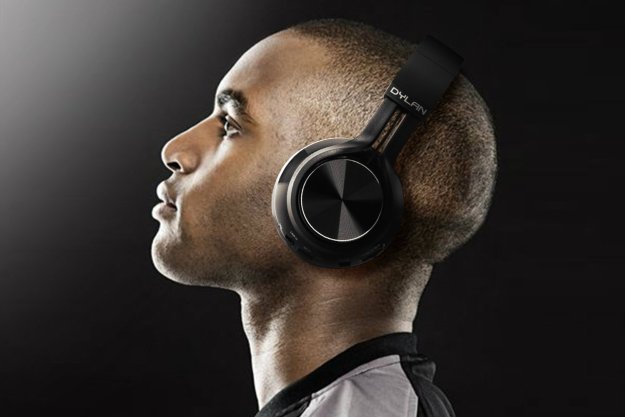Last year, Sol Republic came up with a brilliant way to tackle the irksome problem of earbuds that won’t stay in with the Relays, a pair of in-ears that replace the hooks and wrap-around designs of competitors with a patented FreeFlex ring that conforms to your ear for an impressively stable fit. Today, the brand unveiled a new twist on the design in the Relays Sport, which adds some new features, along with our favorite accessory of all: a lower price.
Coming in at just $50, the Relays Sport offer the same spongy ring design around the exterior as their predecessor, which collapses to slip into your ear, and pops back out to stay in place for a super-snug fit. And since a tight fit goes hand-in-hand with your daily workout, the Sport also offer water/sweat resistance to keep them safe from damage as you get your burn on.
You’ll also get a few other features you don’t normally expect from a pair of buds that cost just a shade higher than a pair of Apple EarPods. Riding along with the Relays Sport are the basic essentials, including a cable clip to keep them from bouncing around as you hit the pavement, along with an inline control microphone for taking calls and adjusting volume on the fly.
The Relays Sport pack the same drivers as the original, dubbed the I5 “sound engines.” And while the I5 didn’t exactly bowl us over in our original evaluation — running a little light in the detail department — they’re also free from the muddy bass, or sharp treble found in so many affordable headphones, offering solid sound that should work fine for your daily jog, or a tour through the gym.
The headphones are currently available from Target and Amazon in straight black as well as black and white with 3-button iOS mic pieces, and are slated to roll out in Horizon Blue, and Lemon Lime, both with single button mic pieces, in stores over the next month.
Editors' Recommendations
- Oladance’s waterproof OWS Sports open-ear headphones target athletes
- 1More gets into the open-ear earbuds race with the Fit S50 and S30
- Adidas debuts its RPD-01 in-ear sport headphones
- Qiantu K50 electric sports car was designed in China, will be built in the U.S.


